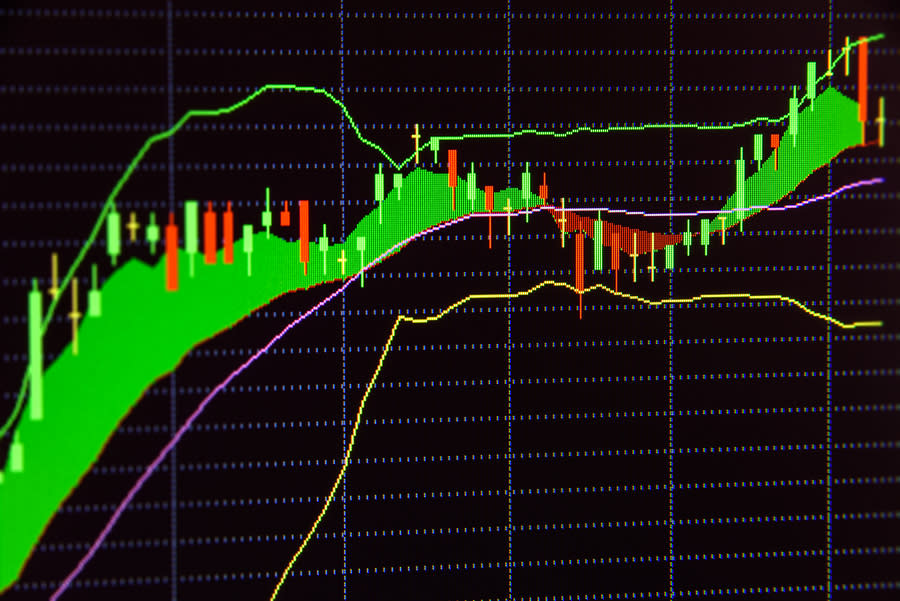Spirit (SAVE) Up 1.1% Since Last Earnings Report: Can It Continue?

It has been about a month since the last earnings report for Spirit (SAVE). Shares have added about 1.1% in that time frame, underperforming the S&P 500.
Will the recent positive trend continue leading up to its next earnings release, or is Spirit due for a pullback? Before we dive into how investors and analysts have reacted as of late, let's take a quick look at its most recent earnings report in order to get a better handle on the important drivers.
Spirit Airlines' Q3 Earnings Beat
Spirit Airlines’ earnings per share (excluding 10 cents from non-recurring items) of $1.32 surpassed the Zacks Consensus Estimate by 5 cents. However, the bottom line declined 10.2% on a year-over-year basis due to higher costs.
Operating revenues of $992 million edged past the Zacks Consensus Estimate of $989 million. The top line also improved 9.7% year over year on the back of a 17.7% expansion in flight volume. Passenger revenues, accounting for bulk (98.1%) of the top line, improved 9.6% year over year as well. Additionally, revenues from other sources increased 13.7%.
Total operating revenue per available seat mile (TRASM) dipped 1.7% in the reported quarter due to the 120-basis point contraction in load factor (% of seats filled by passengers) to 84.8% as traffic growth (9.9%) lagged capacity expansion (11.6%), unfavorable passenger yields (down 0.2%) and the Hurricane Dorian-related adversity. However, excluding Hurricane Dorian’s negative impact, this metric slid roughly 1% in third-quarter 2019.
Adjusted operating expenses increased 13.1% to $858.2 million, mainly due to higher expenses on salaries, wages and benefits plus costs related to passenger re-accommodation. Moreover, cost per available seat miles (CASM) inched up 2.4% in the reported quarter.
Average economic fuel cost per gallon in the reported quarter decreased 11.9% year over year to $2.08. However, CASM excluding operating special items and fuel (adjusted CASM ex-fuel) increased 8.4% year over year. Factors like increased flight cancellations due to foul weather, additional crew costs and expenses related to passenger re-accommodation caused higher adjusted CASM ex-fuel.
Outlook
Spirit Airlines anticipates capacity growth of approximately 16% year over year for the fourth quarter of 2019. The company expects fourth-quarter TRASM to decline in the 4.5-6.5% band.
Economic fuel cost is projected to be $2.09 per gallon. Moreover, an effective tax rate of 24% is envisioned for the fourth quarter. Operating expense per available seat mile (excluding fuel) is predicted to increase in the 3.5-4.5% range. For 2019, the company expects total capital expenditures to be $407 million.
How Have Estimates Been Moving Since Then?
It turns out, fresh estimates flatlined during the past month. The consensus estimate has shifted -11.73% due to these changes.
VGM Scores
Currently, Spirit has a poor Growth Score of F, a grade with the same score on the momentum front. However, the stock was allocated a grade of B on the value side, putting it in the second quintile for this investment strategy.
Overall, the stock has an aggregate VGM Score of D. If you aren't focused on one strategy, this score is the one you should be interested in.
Outlook
Spirit has a Zacks Rank #3 (Hold). We expect an in-line return from the stock in the next few months.
Want the latest recommendations from Zacks Investment Research? Today, you can download 7 Best Stocks for the Next 30 Days. Click to get this free report
Spirit Airlines, Inc. (SAVE) : Free Stock Analysis Report
To read this article on Zacks.com click here.
